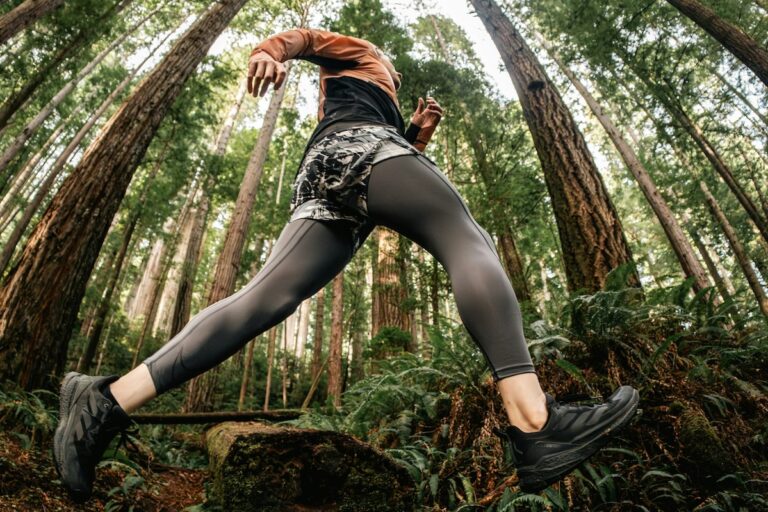In the gym or in the wild, climbing for fitness has reached new heights.
With an influx of new climbing gyms and explosion of interest driven by the pandemic, the Olympics, and more, the sport is trending up.
Bouldering’s Big Year
In 2021, more indoor climbing gyms opened in the US than any other time in history.
- 53 new facilities opened, while only 8 shuttered.
- 63% were bouldering (rope-free) gyms.
- Total climbing gyms in US and Canada surpassed 700.
Meanwhile, 47% of new climbing gyms were expansions by existing operators. Targeting a ~$500M market, climbing companies are plotting the route ahead:
- Both Movement and Bouldering Project opened three gyms in 2021, with the latter acquiring three facilities from Brooklyn Boulders in early 2022.
- Approach, a club management software for climbing gyms, raised $1.5M in a seed round last October.
- California’s Touchstone Climbing, New England’s Central Rock Gym, New Jersey’s Gravity Vault, and Pennsylvania’s ASCEND will all open three new locations in 2022.
Of note, due to longer times for construction of these large-scale facilities, most newly opened gyms were in development before COVID — signaling building momentum for the industry. Further proof, while 25% of gyms and studios closed from the pandemic, only 3% were climbing facilities.
Climbing content. The surge in participation has been linked to a number of factors, including documentaries like 2018’s Free Solo and the introduction of sport climbing as an Olympic sport during the Tokyo Games. El Cap, the parent company of Movement gyms, reported a 45% increase in web traffic the week Olympic climbing debuted.
Also in the works: a climbing competition show on HBO Max hosted by actor (and rock climbing aficionado) Jason Momoa.
Reach for the Sky
Known for its supportive and social community, climbing outdoors has taken hold as pandemic-drained exercisers seek a breath of fresh air.
According to El Cap, first-time shoe and harness sales noticeably increased after the Olympics, and the market for rock climbing gear is expected to add $583M in value by 2025.
And Americans are putting their new gear to use. Running parallel with the booming outdoor economy, traditional climbing havens are being overrun.
- In April/May 2020, Wyoming’s public lands saw a 160% increase in traffic over a five-year average.
- Public lands of Colorado, including the climber-favorite South Platte area, saw a 40% YoY increase in 2021.
- Last year, climbing mecca Joshua Tree National Park surpassed three million annual visitors for the first time ever.
Organically grown for years, the outdoor climbing community has been spurred by digital resources.
TheCrag and Mountain Project (which was acquired in late 2020 by digital outdoor navigation company onX) provide crowdsourced climbing area discovery, routes, and community tips, while KAYA added $2.5M in seed funding last year to become the Strava for climbing.
And as the hobby grows, camping platforms The Dyrt ($11M) and Sēkr ($2.25M) are trying to improve the accessibility issue.
The Route Ahead
Taking a different approach, connected vertical climber maker CLMBR looks to make capitalize on the cardio aspect, while Brooklyn Boulders is gamifying the climbing gym experience with its Arcade Climbing partnership.
Regardless, in 2022, 48 new climbing facilities are expected to cut the ribbon in North America, challenging just how juiced the market for climbing really is.






